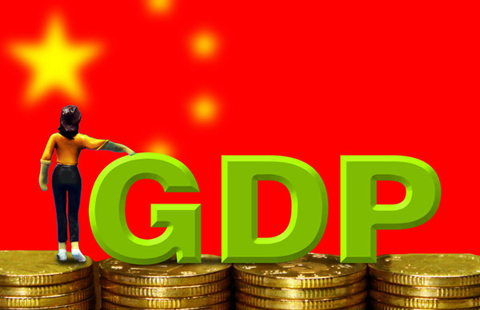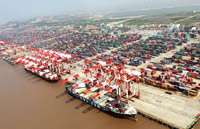Heavy industry hub targets slower economy growth
(Xinhua) Updated: 2015-01-29 09:57HARBIN/SHENYANG - China's northeastern provinces have lowered their economic expansion targets after industry-driven provinces saw much-lower-than-expected growth in 2014.
In Heilongjiang, GDP growth stayed at 5.6 percent, 2.9 percentage points below target and well behind the 8.0 percent seen in 2013, according to the figures released at the ongoing annual legislative session of the province.
Governor Lu Hao blamed unbalanced industrial structuring for the slower growth, saying transformation is a must in 2015.
Lu said in the government work report that industry contributed more than 50 percent of the economic growth for the province, especially the energy industry, which accounted for 50 to 70 percent of the entire industry sector. The growth rate in the industrial sector stood at 2.8 percent in 2014, 4.5 percentage points lower than the national level, according to the report released on Tuesday.
Affected by the international oil price slump and industrial overcapacity, the energy industry in Heilongjiang saw negative growth last year, Lu said, without giving exact figures.
The situation is expected to continue in 2015, with Daqing, one of China's largest oilfield located in Heilongjiang and a major hub for the energy industry, planning to reduce petroleum output by 1.5 million tonnes annually from 40 million tons in 2014 to 32 million tons in 2020.
A similar situation happened in Liaoning province, which reported 5.8 percent of economy growth last year.
Both of the provinces set the GDP growth target at 6 percent in 2015, the lowest annual target for the provinces over the past decade.
Northeast China, consisting of Liaoning, Jilin and Heilongjiang provinces and part of Inner Mongolia autonomous region, is the country's traditional industrial base. The region's industries include steel, automobile, shipbuilding, aircraft manufacturing, and petroleum refining.
Since 2003, when China launched a strategy to revive the northeastern industrial region, the provinces saw double-digit economy growth until 2012 and 2013, when the region faced shrinking resources and industrial overcapacity amid global economic slowdown.
- China turns to rail , nuclear to energize exports
- LeTV to sell smartphones in China
- China's rare earth groups to accelerate restructuring
- China's dependency on foreign oil nears 60% in 2014
- China can achieve 7% growth in 2015
- Post-doctor quits math study and sells beef noodles online
- China's VAT reform cuts revenue by 192b yuan
- China's port project in Greece not affected by privatization reversal

















